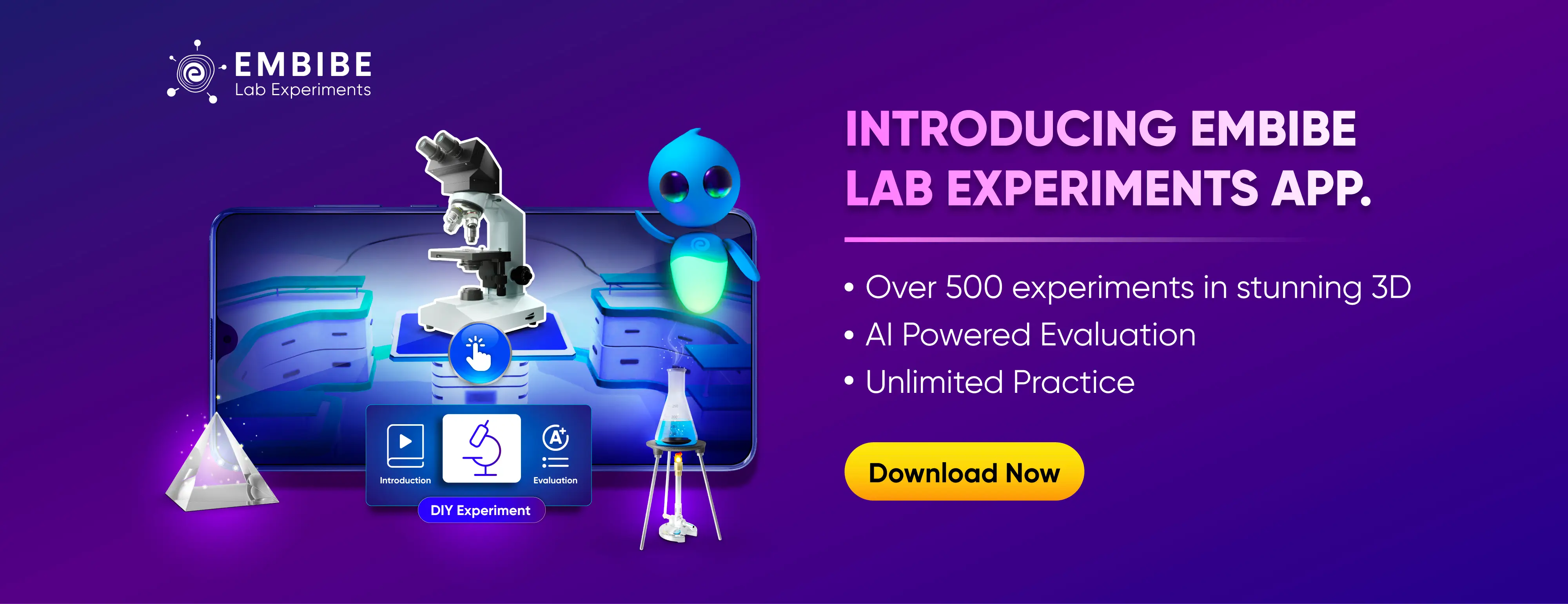What are Aldehydes and Ketones? Aldehydes and ketones are organic compounds that incorporate a carbonyl functional group, C=O. The carbonyl carbon atom of this group...
Aldehydes & Ketones: Virtual Lab Experiment
March 14, 2024
What is the Radius of the Curvature of the Spherical Surface?
Spherical surfaces are the part of the sphere which is used to form the image as per the requirement of an object using the principle of reflection of light. There are two types of spherical surfaces: convex and concave.

The linear distance between the pole and centre of curvature is called the radius of curvature. The centre of the spherical surface is called the pole, whereas the centre of the sphere (from which the spherical surface is cut ) is called the centre of curvature. When the radius of curvature becomes infinite, the spherical mirror behaves as a plane mirror. The radius of curvature lies on the principal axis of the spherical surface.
Diagram of Spherometer
Given below is the labeled diagram of a Spherometer.
The following is the procedure for using a spherometer:

The least count (L.C) can be calculated using the relation,
Pitch of a Spherometer: The pitch is defined as the distance covered by the circular disc in one complete rotation along the main scale. Therefore, the pitch of a spherometer is given as 1 mm = 0.1 cm.
Number of circular divisions = 100
Therefore,
A zero error is an error in your readings determined when the true value of what you’re measuring is zero, but the instrument reads a non-zero value.
A spherometer does not have a zero error because the result obtained is by taking the difference between the final and initial reading.
Applications of Spherometer
The primary application of a spherometer is to measure the radii of curvature of spherical surfaces such as optical lenses, spherical mirrors, and balls. These small, high-precision optical test instruments are also used to measure the thickness of microscope slides or the depth of slide depressions.
Ex-1. A student measures the height h of a convex mirror using a spherometer. The legs of the spherometer are 4 cm apart, and there are ten divisions per cm on its linear scale, and the circular scale has 50 divisions. The student takes two as linear scale division and 40 as circular scale division. What is the radius of curvature of the convex mirror?
Sol:
Ex-2. The radius of curvature of a concave mirror, measured by a spherometer, is given by
The values of I and h are 4.0 cm and 0.065 cm, respectively, where ‘I’ is measured by a meter scale and h by a spherometer. Find the relative error in the measurement of R.
Sol:
Experiment Title – Use of Spherometer to Find Radius of Curvature
Experiment Description – A spherometer is a precision instrument that measures very small lengths. Let’s determine the radius of curvature of a given spherical surface using a spherometer.
Aim of Experiment – To determine the radius of curvature of a given spherical surface by a spherometer.
Material Required – A spherometer, a convex glass surface, a plane glass plate, a pencil, a measuring scale, a paper sheet and a small piece of paper.
Procedure –
Take great care in measuring the length l as the term l2 is used to determine curvature R of the given spherical surface.
Precautions –

It works on the principle of a micrometre screw.
A spherometer has three legs so that it forms an equilateral triangle. The three legs of the spherometer are used for measuring positively and negatively curved surfaces.
A spherometer does not have a zero error because the result obtained is by taking the difference between the final and initial reading.
The pitch is the distance covered by the circular disc in one complete rotation along the main scale. Therefore, the pitch of a spherometer is given as 1 mm = 0.1 cm.
The accuracy of the spherometer can be increased by decreasing the pitch or increasing the number of divisions of the circular scale. The smaller the least count, the more the accuracy of an instrument and vice versa.